Share
AI-enhanced relationship-building: creating culturally safe health care for Indigenous patients
Back to MessengerRead time: 2 minutes
By Ross ‘Memphis’ Pambrun, CEO, The Memphis Group
As a former registered nurse in critical care who transitioned into the intersection of AI and health care, I’ve witnessed firsthand how technology can either enhance or hinder the human connection at the heart of medical care. For Indigenous communities across Canada who have historically experienced systemic barriers within healthcare systems, this relationship dimension is not merely a matter of patient satisfaction—it’s fundamental to health outcomes.
The trust gap in Indigenous health care
The legacy of colonization has created deep-seated mistrust between many Indigenous patients and Canadian healthcare providers. This mistrust is not unfounded; it stems from generations of harmful policies and experiences ranging from residential schools to forced sterilization programs to contemporary inequities in care access and quality. The result is a healthcare system where Indigenous patients often delay seeking care or disengage from treatment plans—not because they don’t value health, but because the system hasn’t valued them.
AI as a bridge, not a barrier
While artificial intelligence might seem an unlikely ally in building human connection, thoughtfully deployed AI solutions can enhance the relationship between healthcare providers and Indigenous patients in several key ways, though Indigenous language interpretation is still in an early development phase.
- Cultural knowledge augmentation: AI systems can provide real-time cultural context to non-Indigenous providers, suggesting appropriate communication approaches and alerting them to potential cultural considerations without placing the burden of education on the patient.
- Language and translation support: For patients who speak Indigenous languages, Translational AI tools specifically trained on Indigenous languages can facilitate communication where human translators might be unavailable, preserving linguistic nuance that generic translation tools often miss.
- Bias detection in care decisions: AI analytics can flag potential biases in treatment recommendations, helping providers deliver more equitable care while building institutional awareness of systemic patterns. However, learning the systemic biases in a program will require participation by Indigenous communities and their citizens
Relationship-centered design principles
The key to successful implementation lies in how we design these systems. AI in Indigenous health care must be:
- Community-developed: Technologies must be co-developed with Indigenous communities, ensuring that knowledge ownership remains with knowledge keepers.
- Relationship-enhancing: AI should augment, never replace, human connection. The technology should create space for providers to focus on relationship-building rather than administrative tasks.
- Culturally-responsive: Systems must recognize and respond to the diversity of Indigenous nations and their distinct cultural protocols, avoiding pan-Indigenous approaches that erase important differences.
Beyond clinical walls
Truly transformative healthcare technologies extend beyond clinical settings to address social determinants of health. AI tools that connect patients with community resources, monitor environmental health factors affecting communities, or facilitate traditional healing practices alongside Western medicine create an ecosystem of care that respects Indigenous holistic views of wellbeing.
A path forward
As we navigate this intersection of traditional knowledge and emerging technology, we must tread carefully. The same predictive algorithms that could help identify at-risk patients could also perpetuate stereotypes if not designed with cultural safety as a foundation.
I recently attended the opening of Calgary’s Arthur J.E. Child Cancer Centre with my Elder father, Ret. Sgt Major George Pambrun. Over the last couple of years, we were included in many development strategy meetings to offer Indigenous considerations. As we stood inside this impressive building with all its advanced technology, we were met with the English word welcome, translated into five local indigenous languages. This was a first for me, and my heart swelled with pride.
In my work bridging technology and health care, I’ve learned that the most powerful innovations are those that reconnect us to certain fundamental truths. By approaching AI development with cultural humility and a commitment to Indigenous sovereignty over healthcare data and practices, we can create systems that rebuild trust one interaction at a time.
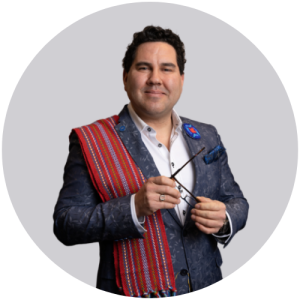 |
Ross ‘Memphis’ Pambrun is CEO of The Memphis Group and is an Indigenous Métis business leader, former registered nurse, and AI specialist working at the intersection of emerging technologies and community. Learn more about him at www.rosspambrun.ca. |
Related News
All News & EventsJune 19, 2025
Innovative collaboration to support Indigenous and rural health care
June 19, 2025
From Treaty obligations to medical curriculum: embedding Indigenous health in physician training
June 19, 2025
Decolonizing health care: the role of immigrant health professionals
June 19, 2025
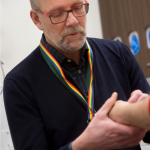

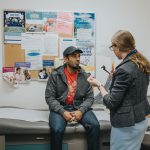

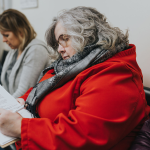







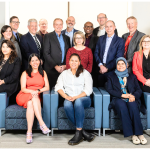
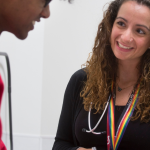
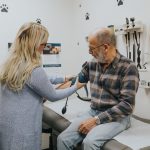





Comments for this post are now closed. If you would like to share your feedback on this topic, please email support@cpsa.ca.